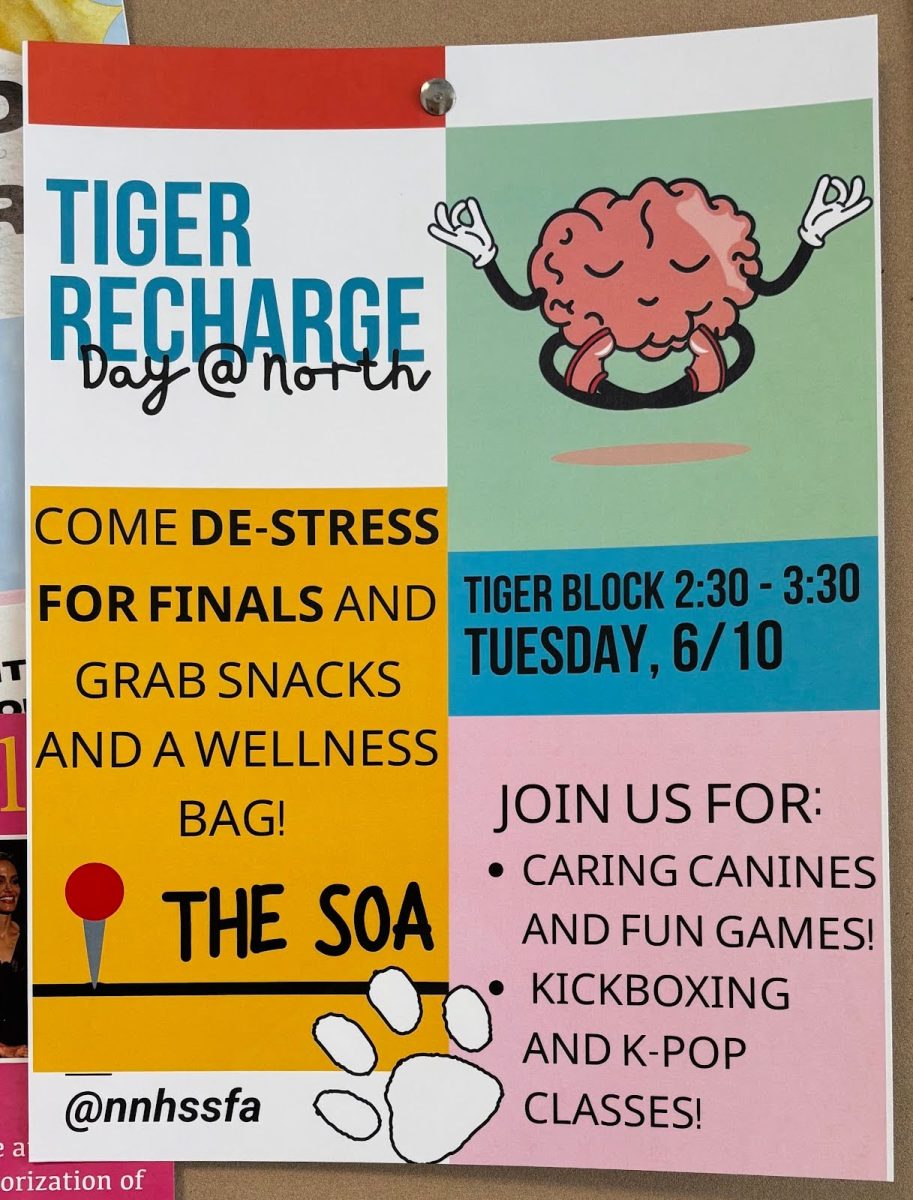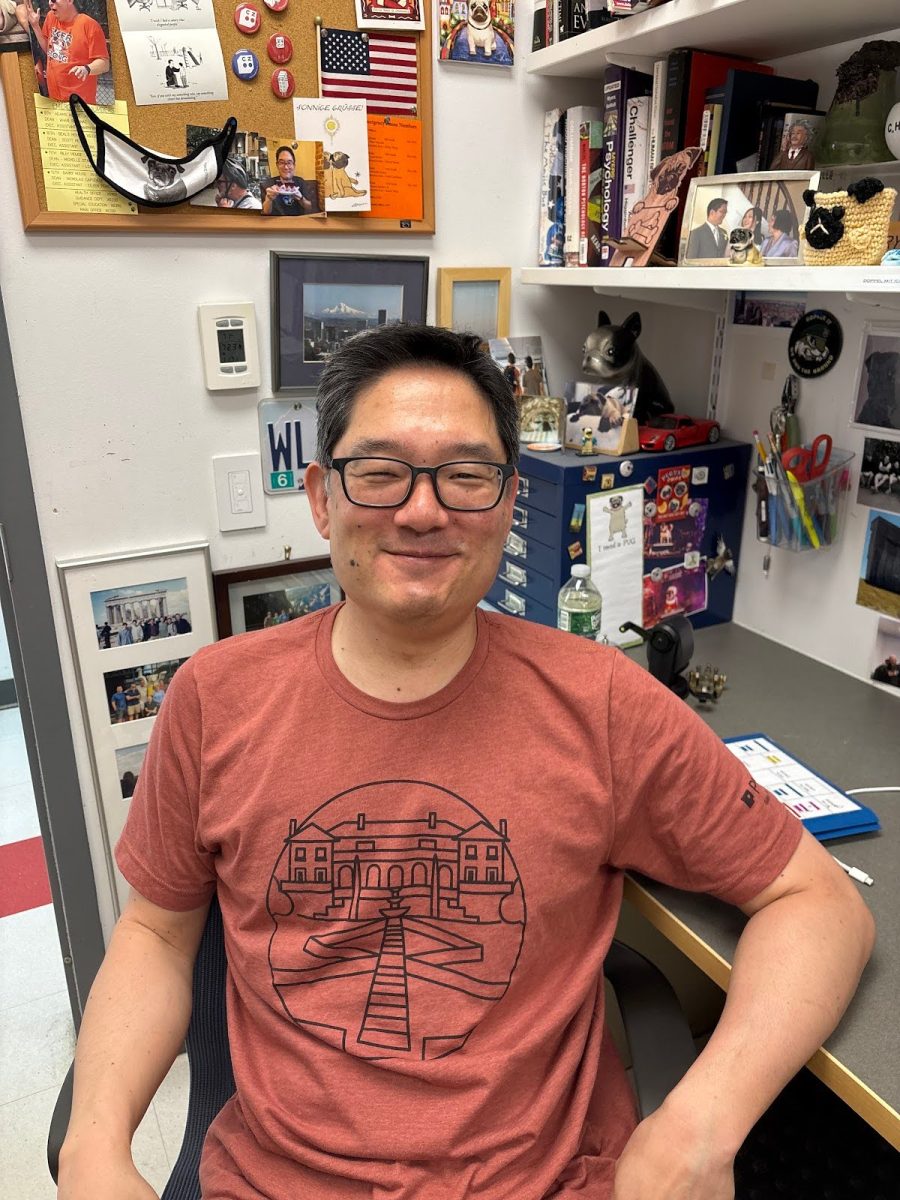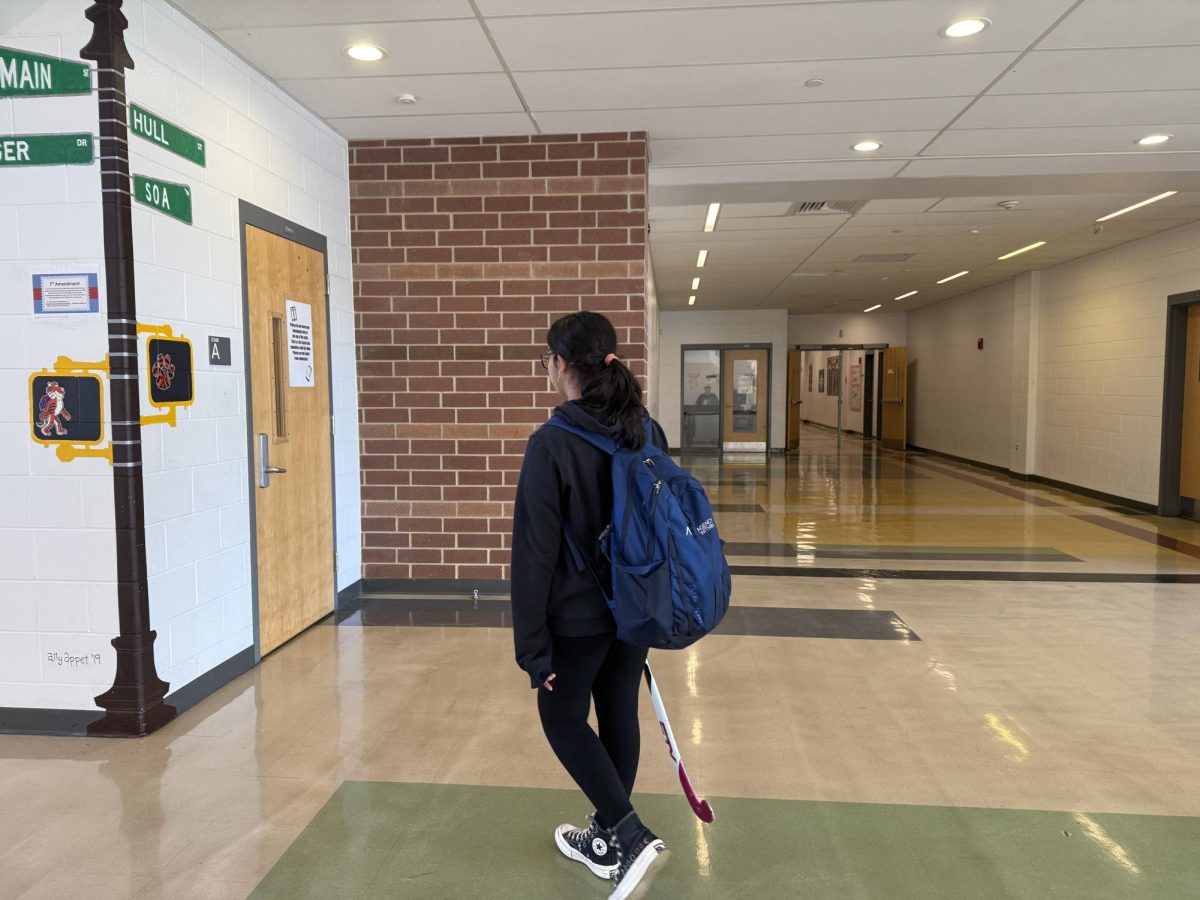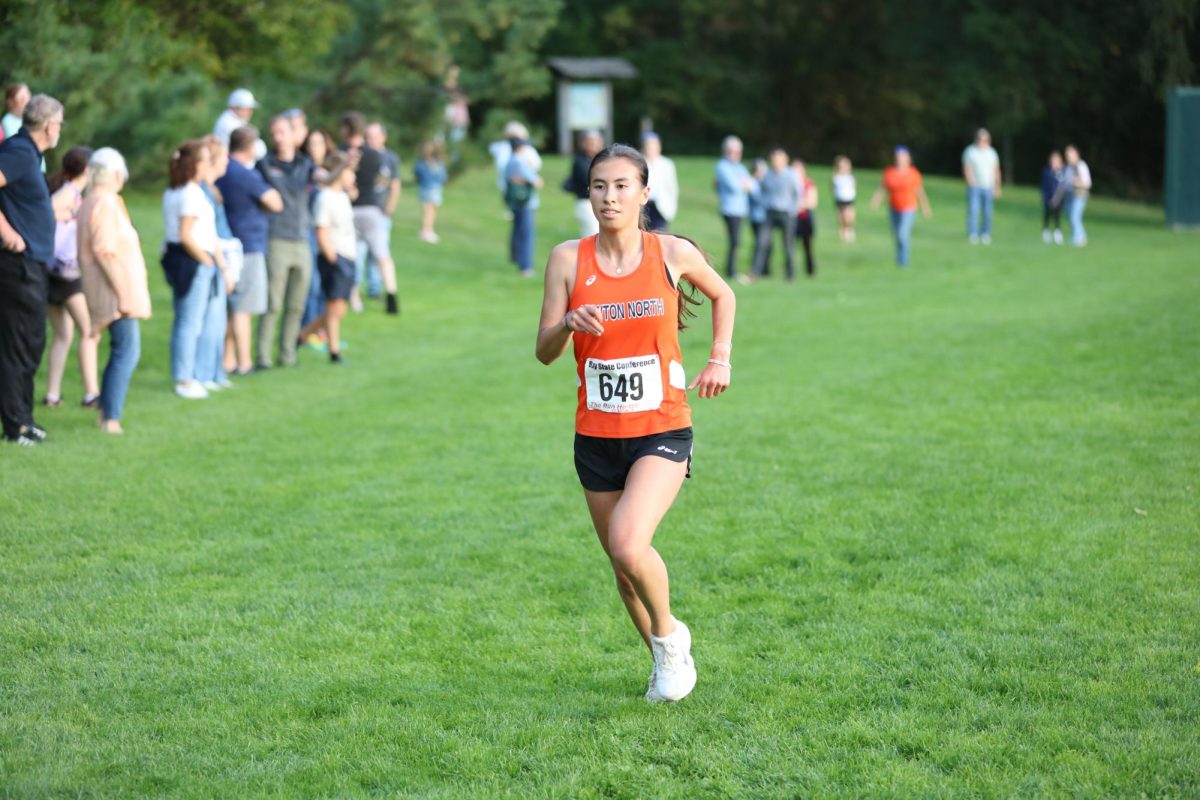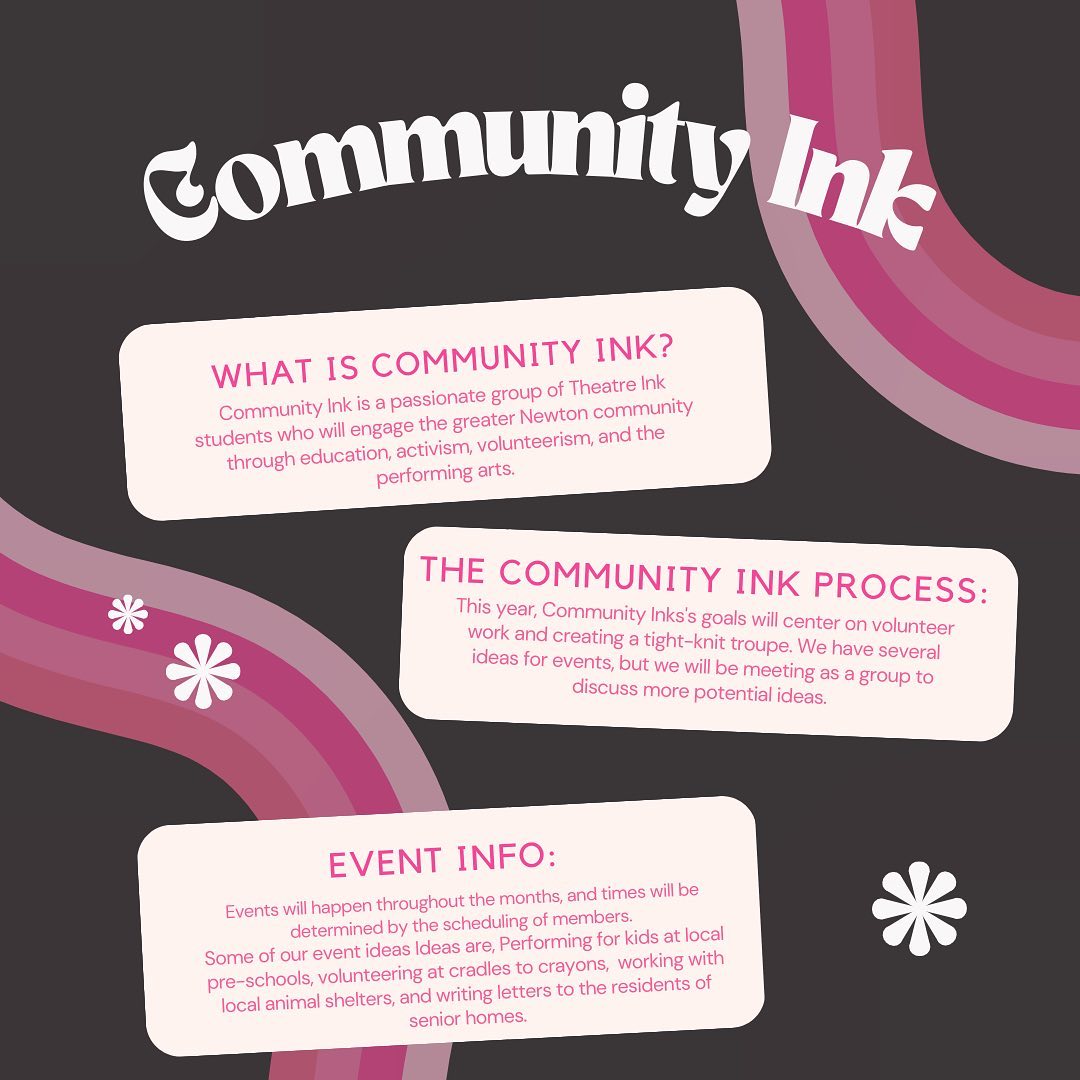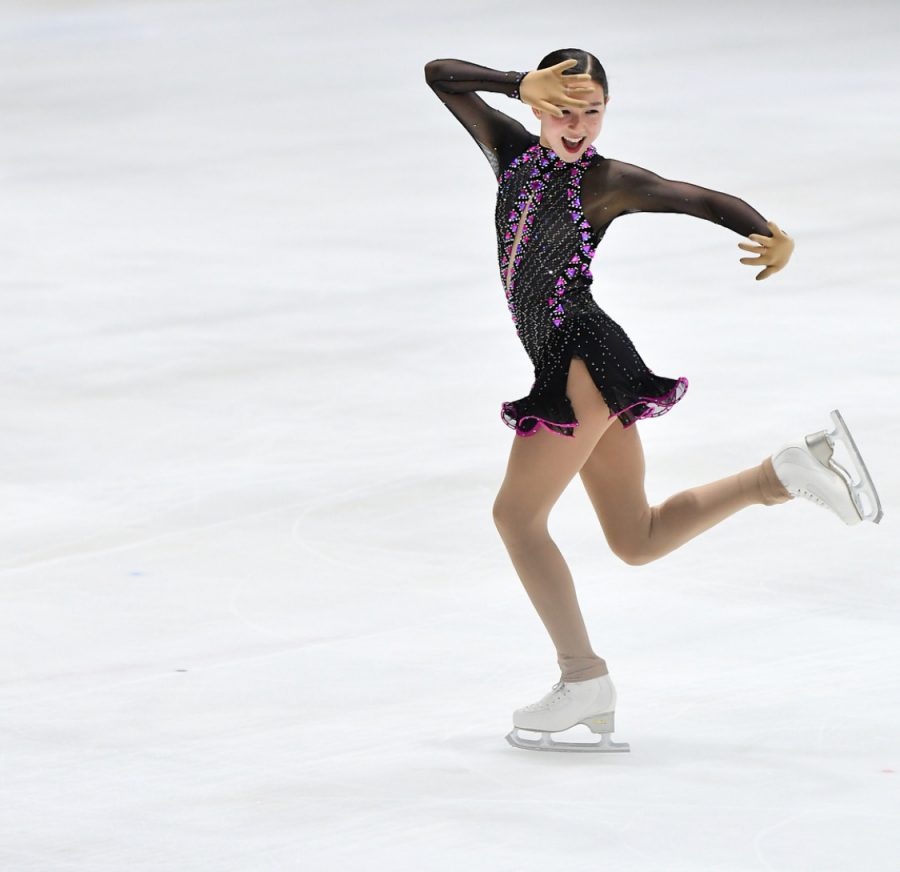Sophomore Indi Cha’s skating career was turned upside down when the doctors could not find a diagnosis for the injury that kept her from doing what she loves. After weeks of being away from the rink, Cha simply wanted an answer. She longed to be back on the ice, gliding, jumping, and twisting, but instead found herself bored and stuck at home.
Cha’s worries stemmed from her passion for figure skating, a sport she has been training in since she was nine. She is a figure skater on team U.S.A., and won the intermediate ladies gold medal at the U.S. Figure Skating Championship in 2018. Cha currently trains around 20 hours per week at the Cronin Memorial Skating Arena in Revere, Massachusetts.
Her current coaches are former Olympian Peter Johansson and former Olympic alternate Mark Mitchell, national and international coaches who provide a full elite figure skating training program. In 1995, Mitchell and Johansson built a coaching partnership called the Mitchell Johansson Method, where they focus on one goal: creating champions.
After a successful beginning of her career, Cha started developing pain in her right knee last July, but did not think much of it. For months, she ignored what turned out to be partial tears in her patella tendon. “I pushed it too hard, and it got to the point where I was in so much pain that I needed to have a procedure done to fix it,” said Cha.
According to Cha, she was relieved after receiving a diagnosis for her injury. After countless doctors appointments, Cha finally had a clear answer on how she could fix her injury. “It was really disappointing to find out that my season was over and that I wasn’t going to be able to skate for a couple of months, but I was so thankful to finally be able to heal my knee correctly and prevent the injury from happening again in the future,” she said.
Cha added that her family, friends, and coaches were also very relieved to know that she would heal soon. “The main thing everyone kept telling me was that it was better to get better now than make it worse, and that was reassuring,” said Cha.

Cha said the biggest change she experienced after the injury was the increase in free time. She was able to spend more time with friends while she was away from the rink. Having so much time on her hands, however, was also difficult. Cha’s school schedule is compressed so that she has time for her necessary training, so even while injured, she would leave school at 11:30 a.m. every day and have no plans.
Being away from the rink allowed Cha to view her skating career from a realistic perspective. “I think it’s important to balance my social life and skating, because skating is not going to last forever,” said Cha. “Once you hit a certain age you can’t do it anymore, which is why having social skills is so important. I need something to fall back on when my career is over.”
According to sophomore Alexander Wright, one of Cha’s best friends, when Cha is with her friends, she is distracted from skating. “I think this is good for her because people are constantly talking to her about skating when sometimes she just needs a break,” said Wright. “One time, a teacher played a video of her skating in front of the class, even though she didn’t want them to. Indi is a very humble and modest person, so things like that are a bit inconsiderate.”
While Cha was injured, Wright added that he was able to spend more time with her. “I tried to be there for her when she needed it, maybe FaceTime her if she was sad,” said Wright. “Even though the injury was really hard for her, I feel like it brought us a lot closer.”
Wright said that while Cha does not have as much free time anymore, as she is now back on the ice, it is important that the two still spend time together, because they became so close.
Cha’s support from her friends and family has helped her remain hopeful, and she has come back from her injury with a stronger mindset than before.
“It was hard at first being on the ice and not being able to do the things I could do before the injury,” said Cha. “Eventually, I realized that it’s going to take time to get back to where I was before, and I’ve learned to accept that. Because I’ve accepted that, I’ve been able to come back faster than others have expected me to.”
She added that physical therapy three times per week and off-the-ice training have also helped her come back stronger. “We do a lot of strength training, such as plyometrics and other exercises to get stronger, quicker, and faster,” said Johansson. “We also do flexibility and ballet for better posture, rhythm, and grace.”
Now, Cha is training more and more and will soon be skating full time. She has even learned a new competition routine, but has not been able to compete since her injury.
According to Cha, the competition sensation is a feeling she misses most. “What I love about competing is the adrenaline rush that you get from being nervous and getting out on the ice in front of so many people. It’s amazing.”
While she is not yet able to skate full time or compete, Cha’s time away from the ice was a blessing, according to Johansson. “You get away from the daily training and you have a clean slate. I do think that Indi came in a little more mature and a little wiser than she was before,” said Johansson. “Mentally, she turned the corner. She really used the time off to her advantage.”
Since the injury, Cha said she has mainly learned not to push herself to the point where she cannot handle pain anymore, a mistake she has faced and will grow from. “I feel like, coming back from this injury, I’m much more confident on the ice,” said Cha. “I feel like I can really focus on the small details now. Since I’m not 100 percent recovered, I have worked on perfecting the more basic skills so that when I am 100 percent, I’ll be back to where I was before, or maybe even better.”




